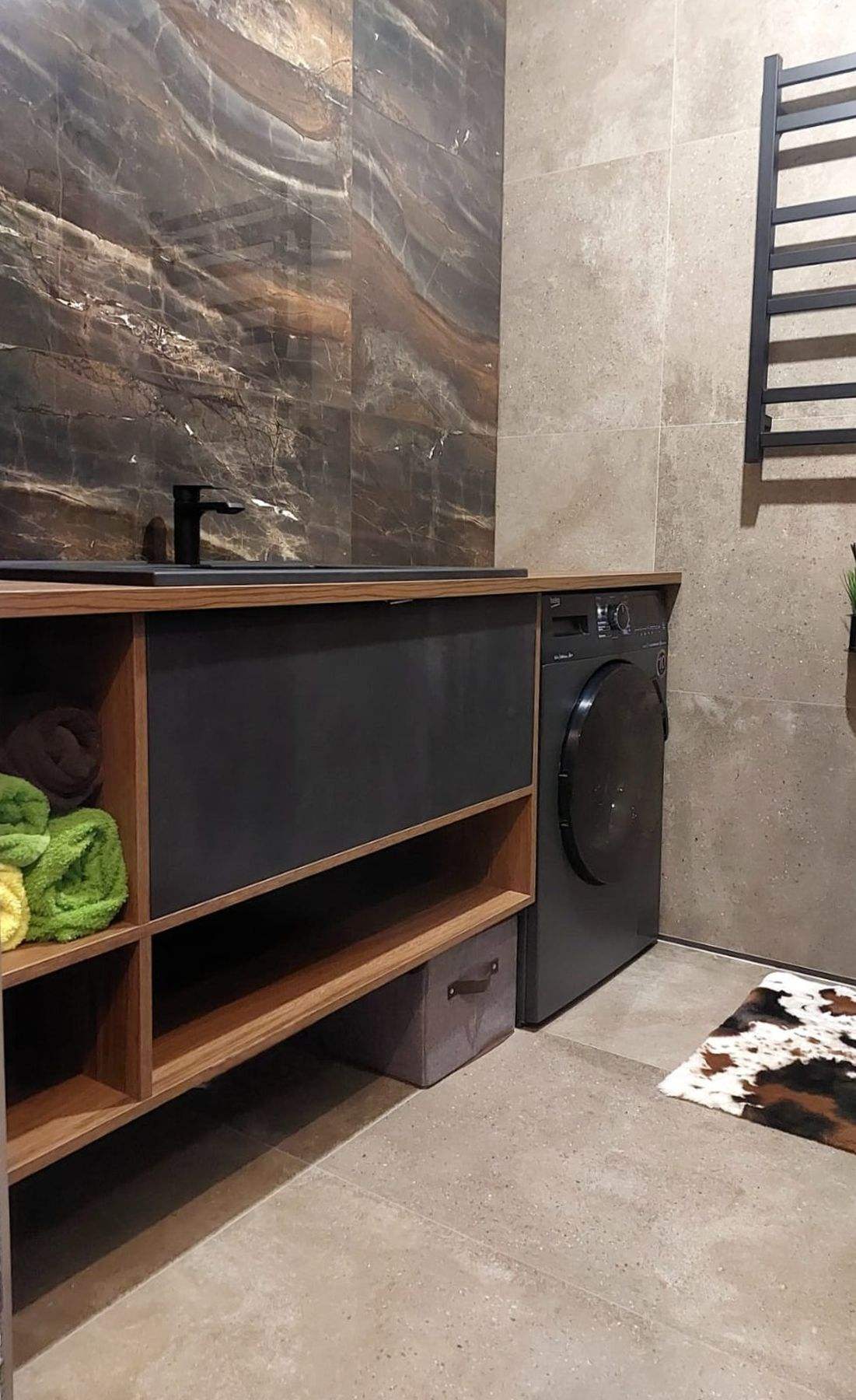
The Essence of Culinary Spaces: Refined Mastery
The art of cooking goes beyond mere sustenance; it is a delicate dance between creativity and technical prowess. For chefs and home cooks alike, the kitchen is not just a room—it's a theater where the drama of flavors, aromas, and textures come to life. To elevate the culinary experience, one must consider not just the ingredients but the space in which masterpieces are crafted. Culinary spaces that embody refined mastery are meticulously designed to marry functionality with aesthetics, resulting in environments that inspire and facilitate culinary excellence.
Designing for Efficiency
At the heart of a refined culinary space lies the principle of efficiency. Flow is paramount in the kitchen, where every movement should be purposeful and practical. High-quality equipment, from ranges and ovens to refrigerators and sinks, are strategically placed to minimize unnecessary steps. Storage solutions are both intelligent and accessible, ensuring that tools, pans, and ingredients are within easy reach. This thoughtful organization reduces time and effort, allowing the cook to focus on the craft rather than the search for the necessary utensil or seasoning.
Crafting Aesthetics
While efficiency sets the stage for culinary mastery, aesthetics imbue it with character and personality. Beautiful materials, such as natural stone countertops or bespoke cabinetry, create a visually appealing backdrop that inspires creativity. Lighting, too, plays a crucial role; it should be both functional, illuminating work areas without casting shadows, and atmospheric, creating a warm and inviting ambiance. The best culinary spaces strike a balance, rendering a chef’s workspace an extension of their home or restaurant’s personality.
Embracing Technology
Modern culinary spaces are embracing technology, integrating cutting-edge appliances and gadgets that simplify the cooking process and enhance precision. Smart ovens can be controlled via smartphone, refrigerators can suggest recipes based on their contents, and induction cooktops offer unparalleled control over heat. These innovations allow for greater creative freedom, enabling chefs to push the boundaries of their culinary artistry.
The Human Touch
Despite the advances in technology and design, a culinary space should still reflect the human touch. It is in the meticulous hand-chopping of vegetables, the careful monitoring of a simmering sauce, and the intuitive adjustments a cook makes as they balance flavors. The space should be ergonomic, designed for comfort and ease of use, reducing strain and fatigue. In this way, the kitchen becomes an extension of the chef’s hands, a place where tools and appliances are but an extension of their craft and skill.
Conclusion: Spaces That Stir the Soul
Refined culinary spaces are more than mere kitchens; they are realms of possibility where mastery meets innovation, and efficiency is cloaked in beauty. They are carefully choreographed environments that respect the traditions of old while embracing the potential of new technology. For anyone serious about food, a well-crafted kitchen is not only a necessity but a source of endless inspiration. It is in these spaces that dishes are not just prepared but brought to life, where each meal can stir the soul and nourish more than just the body.